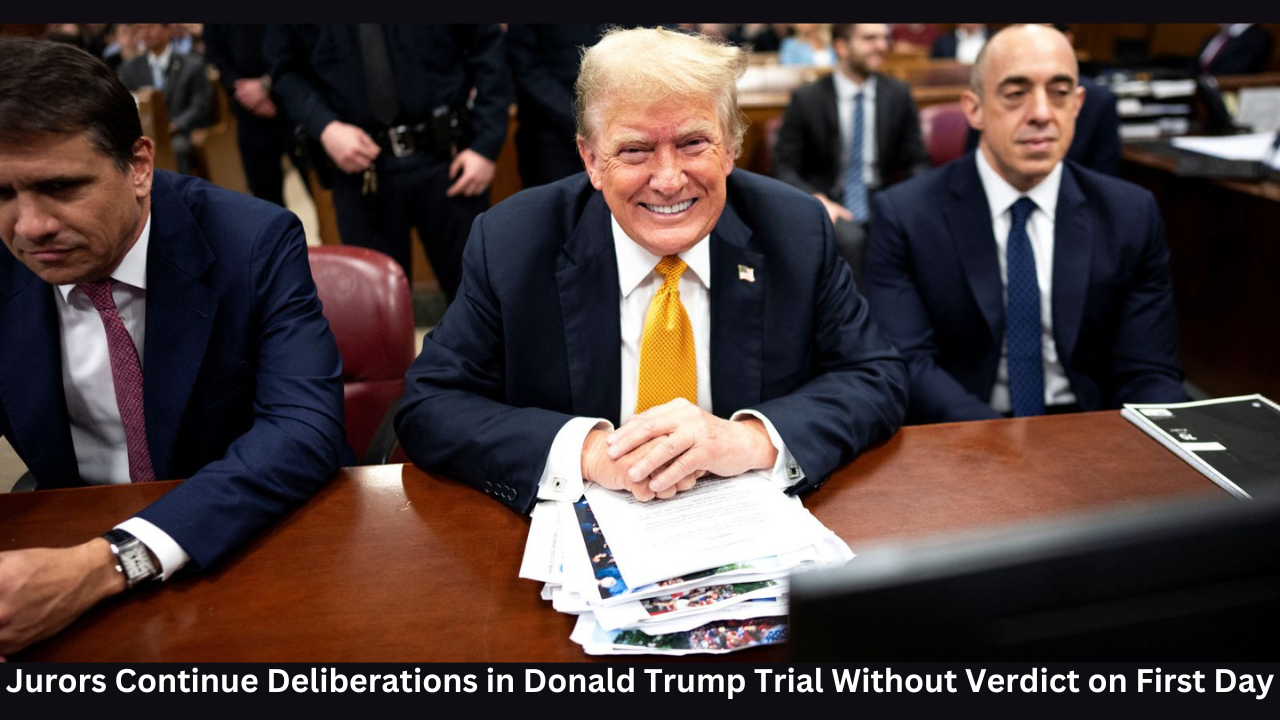OpenAI has taken a significant step towards the holy grail of Silicon Valley: Might as well use the mini-Teslas that come out every year as a cars model that will be driven by you than being one person with a mouth. On Monday, they presented a new, improved version of ChatGPT that can have natural chats with its users through voice and text, and also can understand and reply to images.
This evolution, driven by the new model called GPT-4o (“o” for “omni”), makes ChatGPT a true multimodal AI. Before, ChatGPT was not able to use any other form of input or output. At present, ChatGPT can be interacted with by the users through writing, speech, or even by showing the images to this application.
OpenAI has the plan to slowly launch these new features for ChatGPT users. At first, both the free and the paid subscribers will be able to use the text and the image applications, with the free ones having to face the usage limitations. The “Voice Mode” is supposed to be delivered in the next weeks, firstly for the paid subscribers.
A More Natural and Engaging Experience
The new capabilities demonstrated excellent results that left a great impression. In a real example, the ChatGPT not only had conversations but also exhibited an unexpected degree of emotional intelligence. It can also understand the emotions of the users through a smartphone camera, tell stories, and also assist the students with their math problems. Thus, ChatGPT will be the most important tool of the future because the users can easily interrupt and interact with the ChatGPT naturally.
For instance, in the demonstration, ChatGPT asked an OpenAI engineer about the smile and tried to understand the reasons behind it. The engineer answered that they were ready to demonstrate the effects of ChatGPT. GPT-3, in all its melodramatic innocence, said, “Oh frick, you are making me blush!”
Click here for more news Newstadiuminsider
A Race for AI Supremacy

OpenAI’s beginning of the ChatGPT in the end of 2022 was a huge turning point in generative AI and it surprised the tech giants. The time has come for Silicon Valley to be in a fierce competition to create the most advanced AI tools and assistants. Google is set to reveal its newest inventions on Tuesday, but Microsoft, a big buyer of OpenAI, has its own event planned for next week.
Surprisingly, just a few days before, the OpenAI CEO Sam Altman was dismissing the rumors about the event’s topic. He rejected the speculations of a new version of ChatGPT (GPT-5) or an AI-powered search engine. Nevertheless, he did hint about some cutting edge innovations, when he said, ” We have been working on some new things and we think people will love them. To me, it’s like magic.
Altman has openly spoken highly of the science fiction movie “Her,” in which a man falls in love with an artificial intelligence (AI) through voice conversations. He has dubbed it “incredibly prophetic” and remarked that it was the inspiration for OpenAI’s idea of the personalized AI agents that help people.
The Road Ahead: Promise and Peril
Although ChatGPT’s new features are outstanding, it’s still a long way from the all-knowing, proactive, and personalized AI assistants that many companies dream of. This modification has been the cause of the mixed feelings of both the experts in the industry.
Jeff Boudier of Hugging Face told that “anthropomorphization” of AI models is the possible threat. He fears that excessive human-like representations can lead to unrealistic expectations and emotional connections with the AI systems. This might result in the misunderstanding of the restrictions of AI, for instance, the possible creation of false data.
Sam Altman still stays a big supporter of the idea of “general AI,” a system with human-like intelligence which can be used for scientific discoveries. OpenAI, which was originally established as a non-profit research lab, has now turned into one of the AI fields’ big players. Reports claimed the company had a valuation of $80 billion during a stock sale in February 2024, with the annualized revenues of more than $2 billion.
OpenAI still sticks to the idea of making the advanced AI tools to the public. Mira Murati, the CTO of OpenAI, said this in the presentation, he/she stressed on the fact that, “The most important part of our mission is to make all of our advanced AI tools freely available to the public. . . so that people intuitively understand what the technology can do. ”





